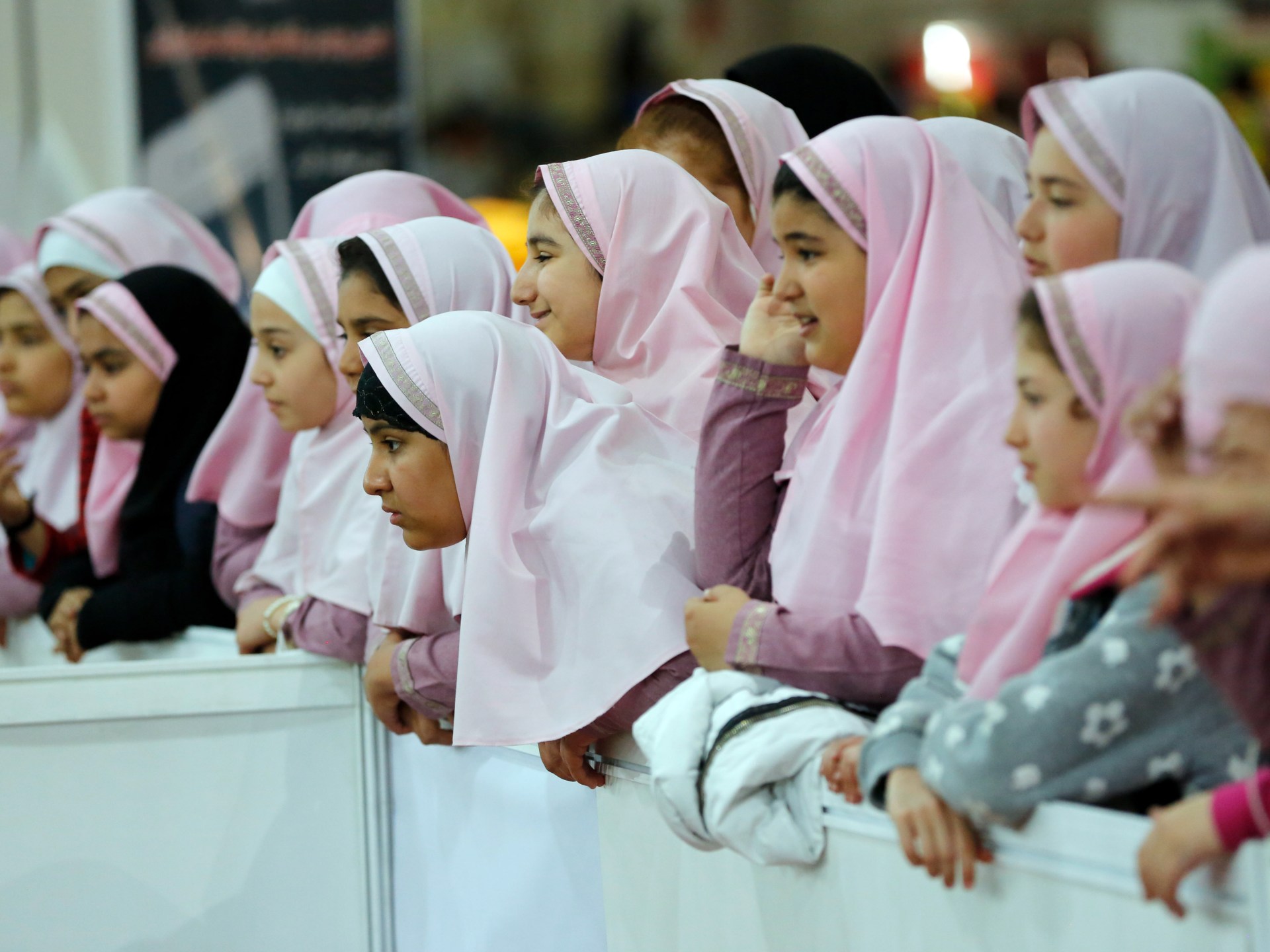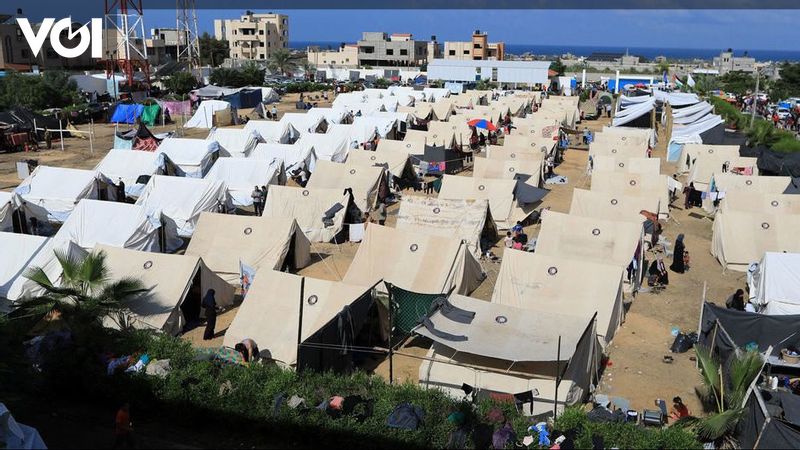Tehran, Iran – Hundreds of schoolgirls in several cities across Iran have been mysteriously poisoned over the past three months, sparking outrage and confusion across the country.
It all started at the end of November in the holy city of Qom, south of Tehran, when around 50 schoolgirls fell ill and had to be taken to hospital. Most were released soon after, but many were held for several days.
Similar poisonings occurred in several other schools in Qom, Tehran, the city of Borujerd in the western province of Lorestan and the city of Ardebi in the northwest. Dozens of schoolgirls were injured in each crash, some of whom required hospitalization.
An MP told an open session of parliament this week that girls in as many as 15 towns had been affected, but did not name them.
There is no exact figure on how many students have fallen ill, but the number is believed to be in the hundreds as the incident happened months ago and even hit the same school more than ‘once.
Students often report a strange smell before they get sick, saying it smells like rotten tangerines or a strong perfume. Some local media quoted students as saying they saw foreign objects thrown into school grounds before they were poisoned.
temporary paralysis
Symptoms included headaches and nausea, and local media reported that some students suffered temporary paralysis of their limbs.
This week, foreign media reported that a student from Qom had died after being poisoned. State TV spoke to the girl’s father and her doctor, who said she died of an acute infection, not sepsis.
Several teachers were also reportedly affected. The incidents started at the same time when several universities in different cities were serving food causing food poisoning, but there is no connection between the incidents as none of the poisoned students got sick from the food.
For months, school authorities, the governor’s office and the Department of Health denied or played down the incident, saying the girl was “freaked out” or had only “mild” symptoms.
But Deputy Health Minister Younis Panahi earlier this week became the first official to confirm the poisoning was intentional. He told state-linked media that “some people” want to stop girls from going to school. He did not specify.
Panahi said the poisoning was caused by a commercially available chemical and could not be transmitted as there were no viruses or bacteria involved.
As the case attracted increased media coverage, several officials and lawmakers have since confirmed the deliberate nature of the attack but have not named the perpetrator.
The investigation begins
Alireza Manadi Sevidan, chairman of the parliamentary education committee, said at a joint press conference with the health and education ministers and representatives of the two intelligence ministries on Tuesday that nitrogen gas had been detected in the poison used in several schools.
A commission has been formed to investigate and President Ibrahim Raisi on Wednesday ordered the Interior Ministry to follow up on the poisoning case. A day earlier, Iranian police chief Ahmad Reza Radan said no arrests had been made.
As the confusion and darkness surrounding the attacks continues, factions inside and outside Iran are pointing fingers at each other.
Some officials have suggested that foreign “enemies” of the Islamic Republic may have carried out the attack to discredit it.
Foreign anti-establishment figures have suggested the state was responsible for the attack, accusing it of trying to ‘revenge’ schoolgirls who distributed photos and videos during months of protests that erupted in Iran in September after the war. The death of a woman in the custody of the moral police.
Some have drawn parallels to Taliban attacks in the 2000s to poison schoolgirls in an effort to prevent them from receiving an education.
The repeated incidents have prompted some parents to withdraw their children from school. Others argue that removing girls from schools is the goal of the abusers.

“Professional communicator. General music practitioner. Passionate organizer. Evil twitter fan.”






